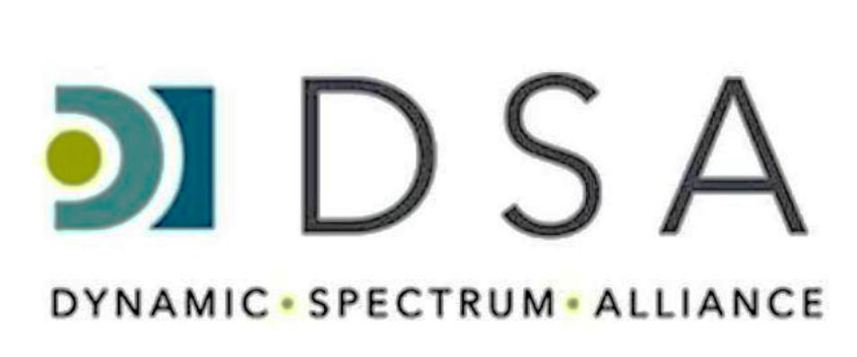Automated spectrum management databases and algorithms have reached a tipping point globally and are the critical public policy tool to achieve low-cost and ultra-fast wireless broadband connectivity as both consumer and business demand surges, according to the Dynamic Spectrum Alliance’s (DSA) new policy research report, Automated Frequency Coordination: An Established Tool for Modern Spectrum Management.
The report, which will be released today at an event co-sponsored by the Congressional Spectrum Caucus, finds thatautomated frequency coordination (AFC) systems are the key to unlocking unused spectrum capacity by automatically searching databases for which radio frequencies are available for wireless devices to use at a given location and time.
Databases have been used to manage large scale telecommunications systems for nearly five decades; while AFC systems exist in over a dozen countries worldwide, and manage spectrum from the low UHF bands all the way up to millimetre wave bands currently targeted for 5G applications. The report details the integral role that AFC systems play in making wireless connectivity more accessible, fast and affordable through the efficient allocation of national spectrum resources.
The key conclusions from the DSA White Paper include:
- Automated spectrum management systems have been widely adopted, and the number of radios managed by these systems is expected to increase significantly over the next decade.
- AFC will greatly expand the supply of wireless connectivity that is fast becoming a critical input for most industries and economic activity.
- AFC enables lower transaction costs while enabling spectrum to be used more efficiently.
- AFC can protect incumbents from interference with greater certainty.
- The availability, flexibility and reliability of AFC systems help national regulatory authorities to meet the growing and very diverse spectrum needs of both industries and individuals, while ensuring no interference to incumbent services in shared bands.
“At a time when regulators are under increased pressure to meet wireless connectivity demands, AFC is critical to enablemore efficient shared use of underutilized frequency bands while protecting incumbent services from interference,” saidPaul Garnett, Chairman of the DSA Board. “Automated spectrum databases are now a proven means of achieving large-scale, low-cost, and virtually real-time access to communications capacity that would otherwise go unused.”
The U.S Federal Communications Commission is currently considering the use of AFC systems to substantially increase spectrum capacity in several bands for both licensed and unlicensed use. Similarly, the European Union and UK currentlyhave ongoing consultations to use AFC systems for improved shared spectrum access.
Garnett concluded: “There has never been a better time for regulators around the world to leverage AFC as a tool fuellinggigabit-fast broadband networks and close the digital divide that persists in far too many communities. The DSA looksforward to facilitating the global integration of AFC to maximise spectrum management for the digital era.”
The report also reviews a number of emerging technological advances that can further amplify the benefits provided by AFC, including the addition of more detailed GIS data and real-time spectrum sensing data.
Today’s launch event will include presentations by Representatives Doris Matsui (D-CA-06) and Brett Guthrie (R-KY-02), Federal Communications Commission Commissioners Michael O’Rielly and Jessica Rosenworcel and Derek Khlopin, Senior Advisor of the Department of Commerce’s National Telecommunications and Information Administration.
Later this year, the DSA will be holding its annual regulatory event, the Global Summit. Bringing together key industry figures in spectrum management to discuss and debate the most innovative technology solutions which enable dynamic access across the world, it will be held June 26-27, 2019, at The Westin Washington, Washington D.C. To register, pleaseclick here.
To read the full white paper, please click here.
A summary of the report is also available and can be viewed here.
































